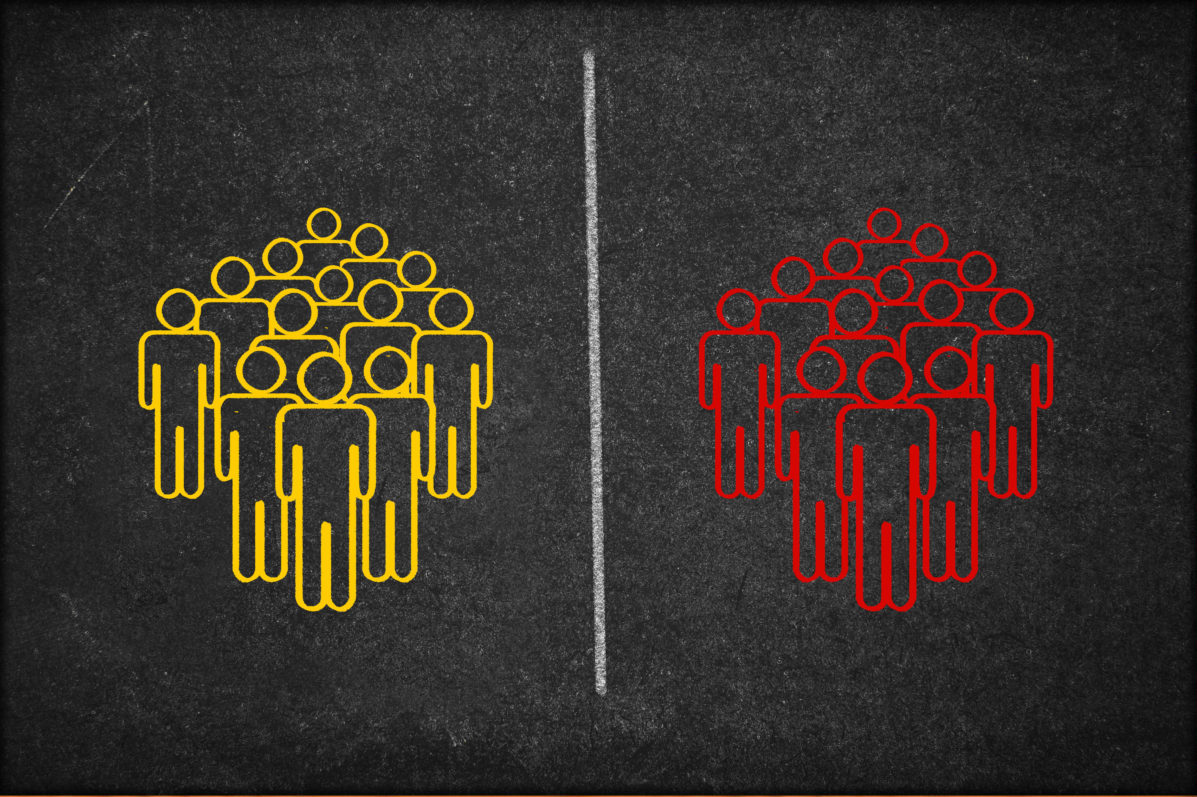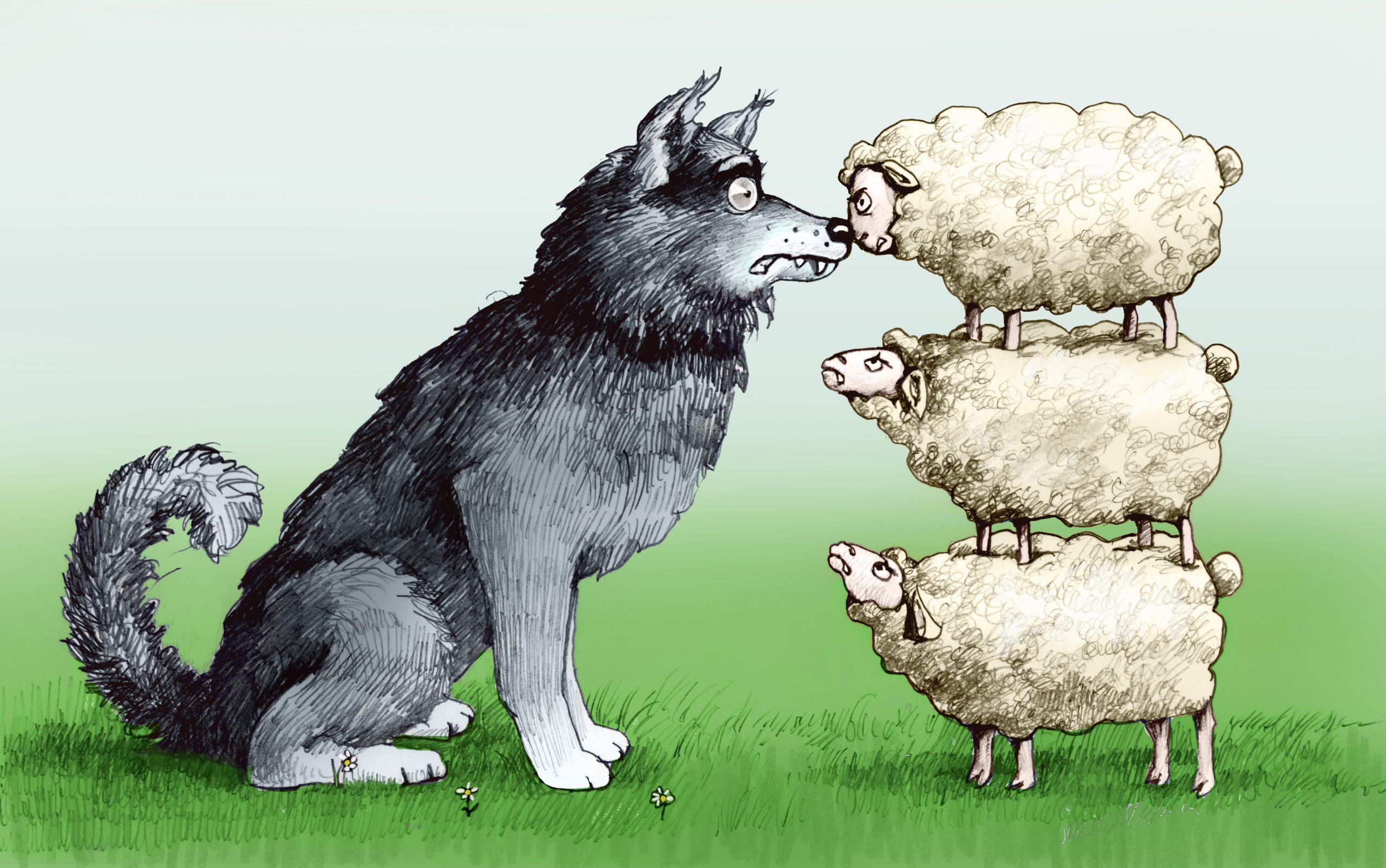Organizing a union in your workplace is about getting more rights and more power for you and your co-workers. Represented workers have a say about wages, benefits and working conditions. Representation is the best way to secure the things you care about and we are here to help.
Protection Your Rights is Priority #1
Knowing Your Rights is the First Step
Benefits Unions Provide
What Have Unions Done For Workers
Unions Are Responsible For The Working Structure and Conditions That We All Enjoy, Here Are Just A Few Examples
Back when the government first tracked workers’ hours in 1890, full-time manufacturing employees worked a backbreaking 100 hours each week. In response to this, in the late nineteenth century and the twentieth century, labor unions engaged in massive strikes in order to demand shorter workweeks so that Americans could be home with their loved ones instead of constantly toiling for their employers with no leisure time. By 1937, these labor actions created enough political momentum to pass the Fair Labor Standards Act, which helped create a federal framework for a shorter workweek that included room for workers to spend time with their families and engage in other leisurely activities. “8 hours for work, 8 hours for sleep, 8 hours for what we will.”
- As unions grew in numbers in the 1930s and 40s, there was a rapid expansion of employers offering their employees health care. As Health Affairs notes, “In industries dominated by a few giant firms, unions used their “countervailing power” to make the firms share some of their potential profits with workers in the form of high wages and generous health insurance benefits. “
Perhaps most significantly, the Fair Labor Standards Act banned child labor. Children under age fourteen were no longer legally allowed to work. Exceptions were made for the agricultural industry and some family businesses. Children under age eighteen were restricted from “hazardous” jobs, including mining and some factory jobs. The ban on child labor greatly decreased the number of children harmed by bad working conditions.
- The Family and Medical Leave Act: Labor unions as part of the AFL-CIO federation led the fight for this 1993 law, which “requires state agencies and private employers with more than 50 employees to provide up to 12 weeks of job-protected unpaid leave annually for workers to care for a newborn, newly adopted child, seriously ill family member or for the worker’s own illness.”
- Keeping Income Inequality In Check: As research from the Center for American Progress has shown, the middle class had its largest share of national income at exactly the same time that union membership was highest in the United States. In 1967, the middle class had approximately 53 percent of the national income, while 27 percent of workers belong to a union. By 2007, the middle class’s share of national income dropped to around 46 percent with a union membership rate of around 11 percent.
A 1963 amendment to the FLSA called the Equal Pay Act prohibited differences in pay based on sex. Under this provision women who were often paid wages lower than a man in the same position could now demand equal pay. The Equal Pay Act was an important step in leveling the often uneven work field in which women competed with men for the same jobs but had to settle for making less money.





